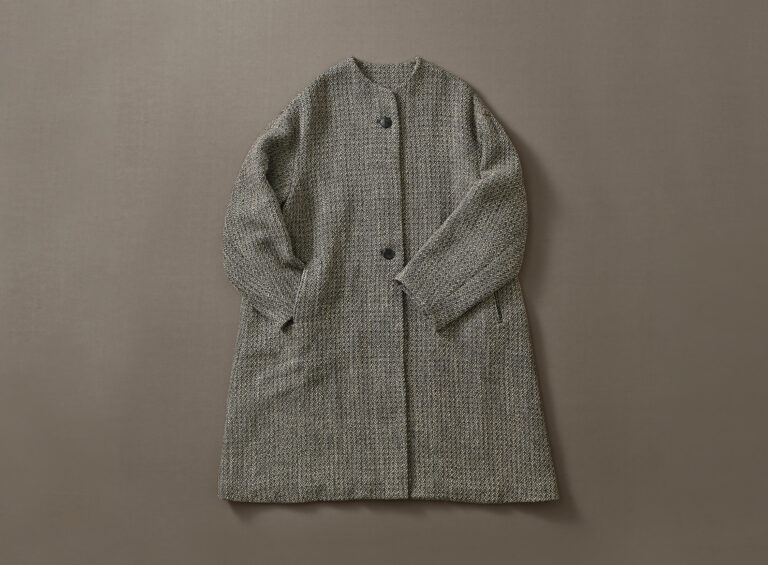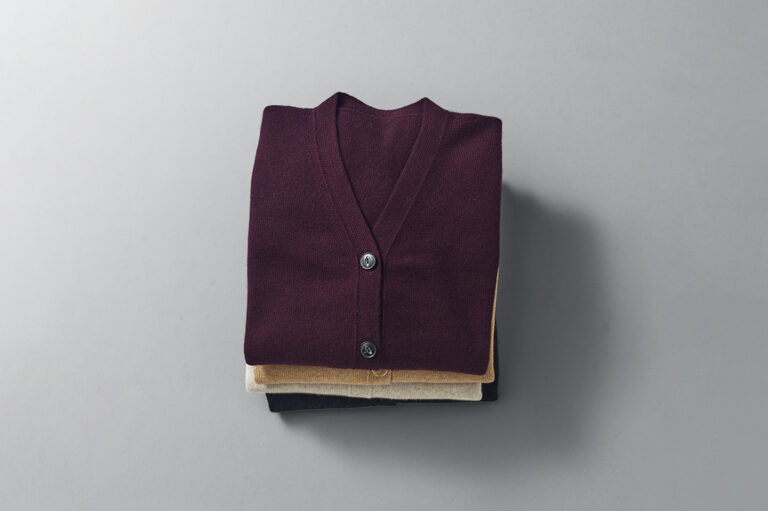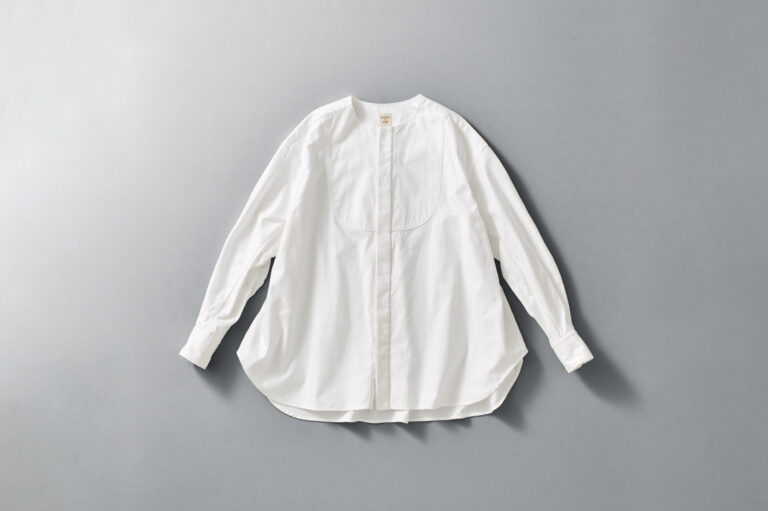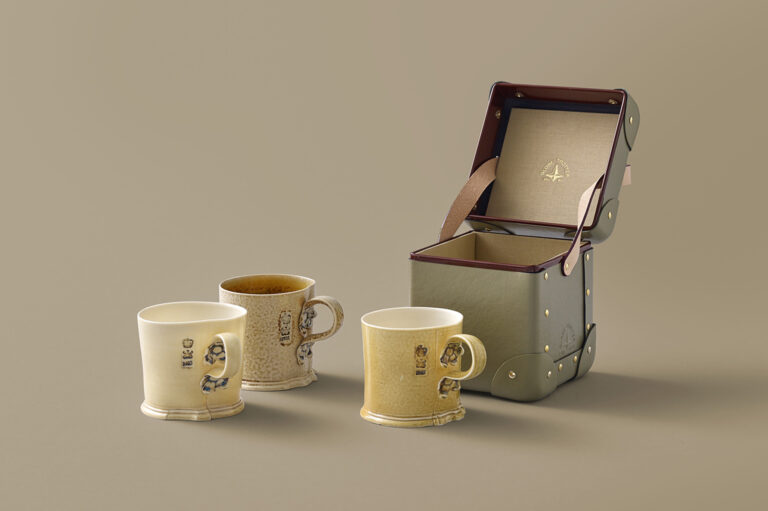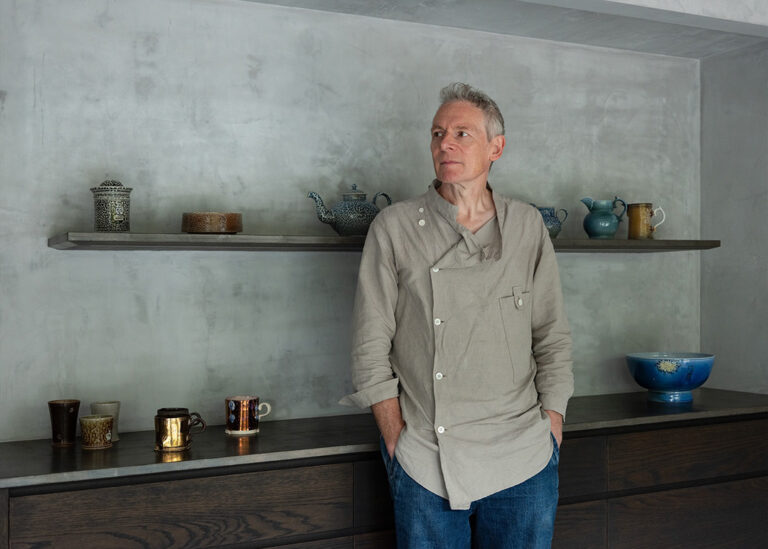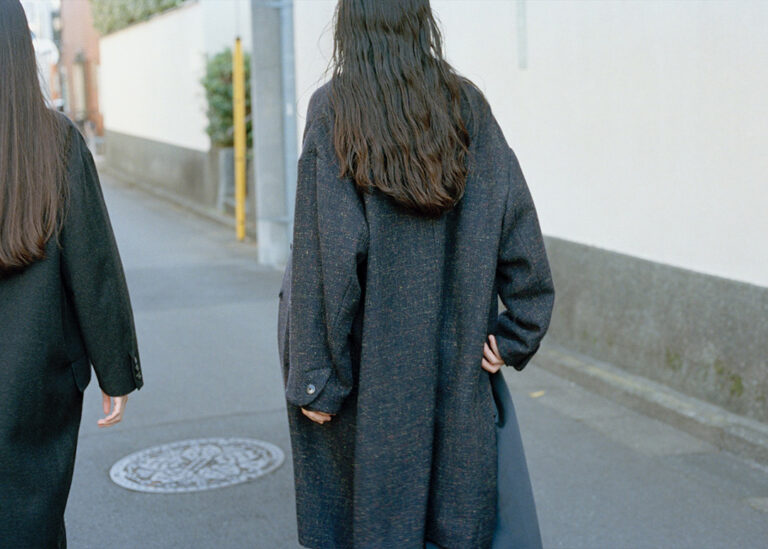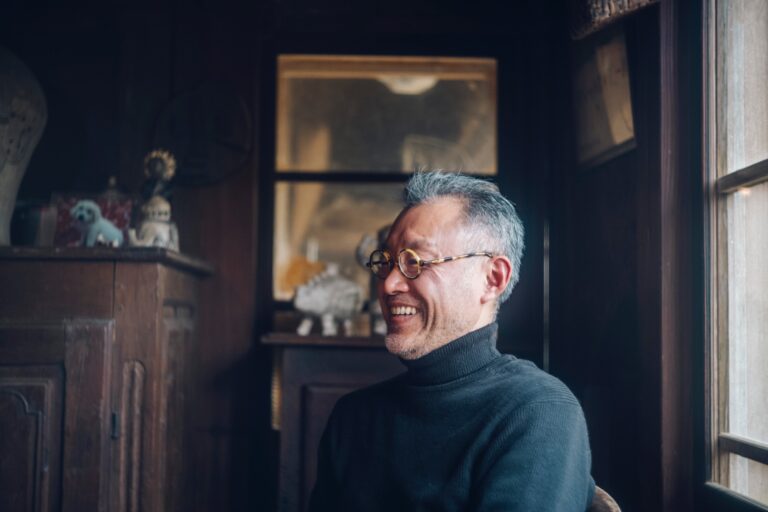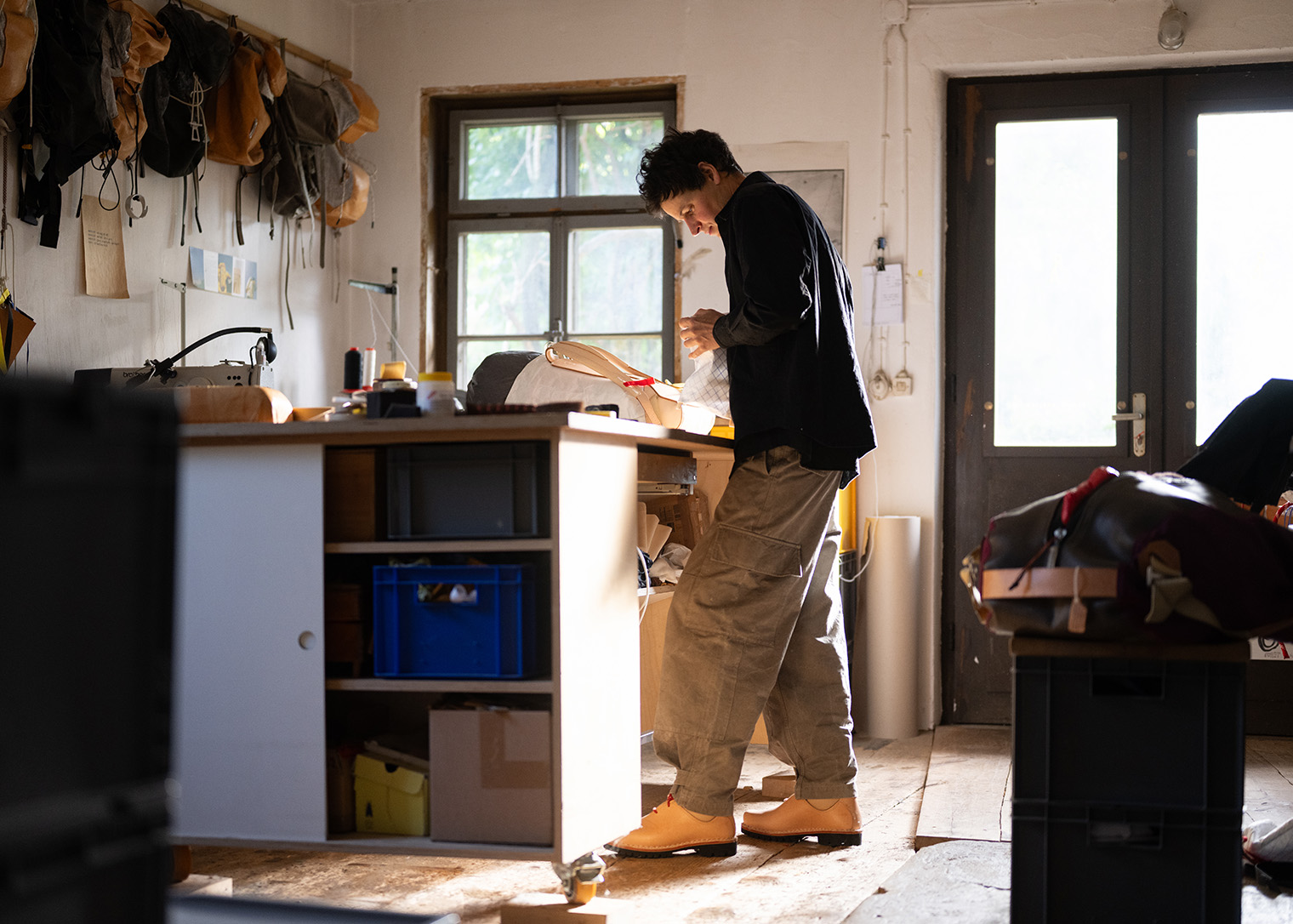
Sophie Bouilhet-Dumas, created a garden in Normandy, northern France, in collaboration with English gardener and master botanist Mark Brown. Drawing inspiration from her own garden, which champions natural order and biodiversity, she launched her jewelry collection celebrating the shapes created by nature. The brand name, Mira Stella, combines the names of her mother, Mirabelle, and her great-grandmother, Stella, both of whom were lovers of natural gardens, untouched by human hands. Drawing on her botanical experience, she selects motifs such as the petals and seeds of wildflowers and vegetables that have existed since time immemorial. These petals and seeds are meticulously reproduced in their true dimensions from shape to vein. Handcrafted entirely by master jewelers in a Parisian workshop, the materials used, such as 18K rose gold, evoke the sunset glow bathing the garden.
Interview with Sophie Bouilhet-Dumas
- You have had a remarkable career, designing objects for numerous renowned brands, and being from the family that founded Christofle, you have been involved in the window displays of the Christofle Gallery and curating exhibitions (including two featuring Gio Ponti). What thoughts and feelings inspired the decision to start Mira Stella?
-
Sophie Bouilhet-Dumas(Hereafter, S)
Coming from a family of passionate creative entrepreneurs spanning five generations, it feels natural to follow in their footsteps. I’m driven by my enthusiasm and the desire to share the joy of discovering the beauty of the microcosm, which inspired me to embark on the Mira Stella project.
While my previous experiences in design were fulfilling, collaborating with Mark Brown to shape wild landscapes added a new dimension to my work. Seeing my garden flourish, I envisioned jewelry in its blooms, perhaps influenced by my family’s history in silversmithing. This led me to endeavour to capture the elegance of hydrangea petals, sea kale seeds, and flax pods in 18-carat rose gold, crafted by master jewelers in Paris.
These timeless natural forms, existing for over 50 million years, hold a mystique akin to the essence of life itself. Mira Stella pays homage to my mother, Mira, and her grandmother Stella, who taught her the art of gardening and respect for all living beings bestowed by nature.
With my jewelry entirely handmade and produced in small series, Mira Stella’s mission is to maintain its modest scale while honouring nature’s gifts and preserving authenticity.
-
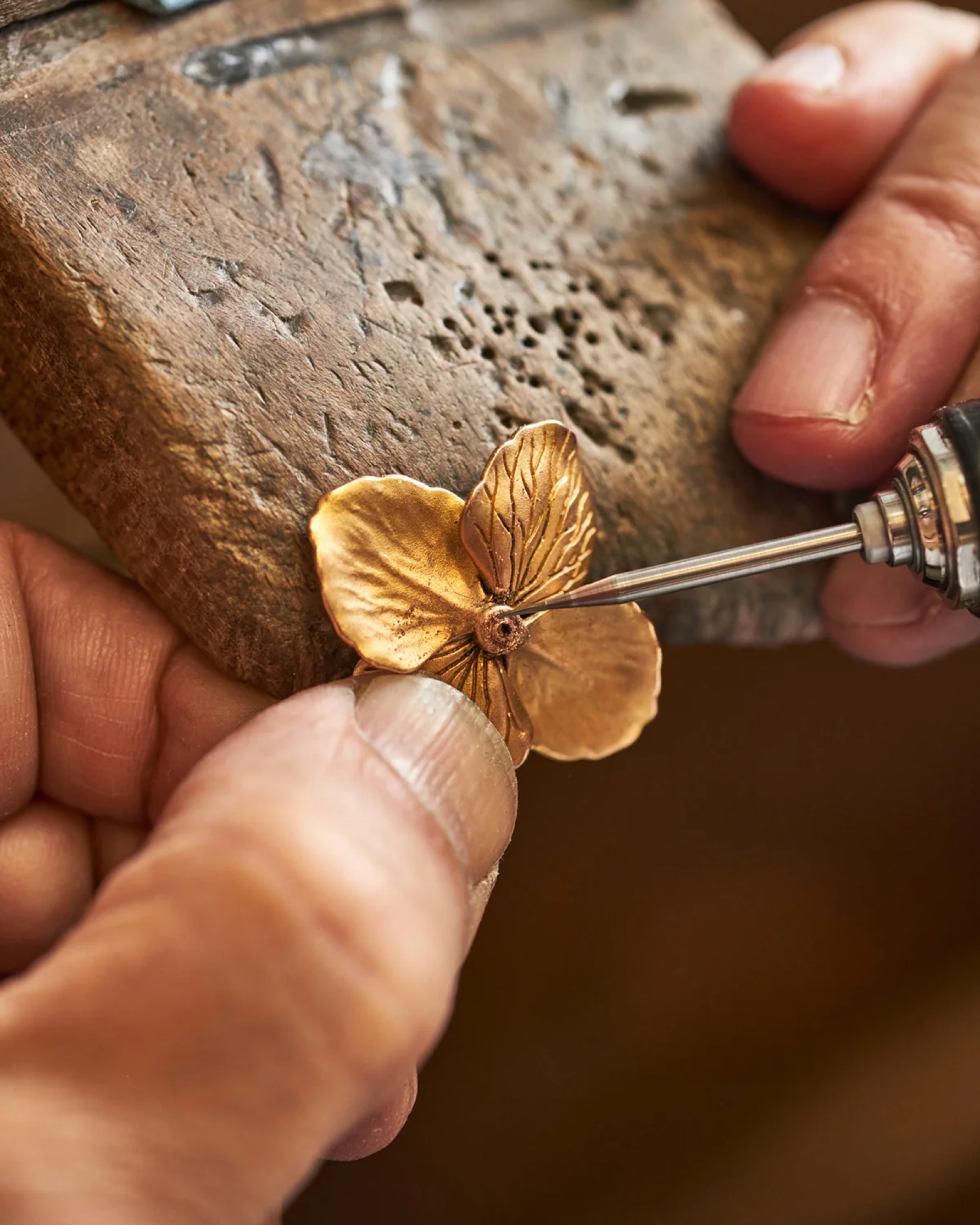

- As you mentioned, in 2009, you created a natural garden at your residence in Normandy, combining wild and indigenous plants. Were you already acquainted with Mark Brown, the English gardener and master botanist? What kind of garden did you set out to create, and how did you come up with the idea of expressing the plants nurtured there as jewelry?
-
S
In my thirties, I received Mark Brown’s book, “The Breath of Nature,” as a gift from a cousin who knew my love for English gardens. Growing up, I saw how content my mother was tending to her English-style garden, soaking in the sun while poring over her monthly magazine, “My Garden.” For years, Brown’s book remained tucked under my bedside table, a portal to the enchanting world of wild gardens in Normandy.
In 2009, feeling the need for a creative project that harmonised with the demands of motherhood, I decided to dedicate myself to transforming the abandoned land we inherited in Normandy. Coincidentally, Mark Brown lived just a few kilometres from our family’s property and was acquainted with us. When my husband and I met him, we shared the plant list from his book and my mother’s advice to create a habitat conducive to attracting butterflies and birds.
Together, we envisioned large wildflower meadows that would minimise the need for intensive garden
In 2015, encouraged by those around me, I began the gradual process of crafting jewelry inspired by the plants I nurtured in our garden.
-
- These plants nurtured in your natural garden, which can be considered the source of your creativity, are likely to undergo changes in appearance based on the season and stage of growth. While your jewelry incorporates various forms of plants, including flowers, leaves, and seeds, into its design, what particular aspects or conditions of the plants do you find appealing. Is it, perhaps, the fresh, vibrant state of the flowers, or do you also integrate the withered state as a design element? I'm curious to hear your thoughts from a design perspective.
-
S
In my jewelry creation process, I aim to capture the appealing aspects and conditions of the plants. For instance, with the hydrangea petal collection, I strive to convey the freshly picked appearance, showcasing its vibrant transparency and freshness. The slight curve of the petal evokes the gentle sway of the wind. Conversely, the sea kale seed intrigues me in its two aspects, for its roundness when it’s fresh, and its withered state over time; its rough surface is also catching the light in an interesting way.
When reproducing the flax pod, I opt for a stage where the lower part resembles wood in colour, allowing me to create a version in satinwood and gold. I’m drawn to living forms that exude sweetness and grace, selecting elements that embody these qualities in my designs.
-

- What do you consider the most important element in your creative process?
-
S
In my creative process, I find it crucial to take my time before shaping a new form. I share my ideas with those around me and my artisans, carefully considering their advice while trusting my intuition. It’s important to remember that innovation isn’t always expected, especially in the jewelry industry.In 2015, I began with just one cast each of a hydrangea petal, a sea kale seed, and a flax pod. Gradually, I explored their potential as jewelry pieces. When selecting a new shape from nature, I ensure it’s not just aesthetically pleasing but also functional, lightweight, and easy to wear.
When I select a shape from my garden, I’m also mindful of the meaningful stories behind each shape. Look at the hydrangea species, which has adorned our landscapes for over 80 million years and has traversed continents from America to Asia. Its ability to retain its beauty for months after blooming is truly fascinating to me. The flax pod shape is also such a perfect feminine shape, expressing a sense of charm and tenderness but it also carries a marvelous story. Our societies have relied on the many benefits of flax to feed, heal, wash, dress, build, and decorate homes. It is one of the plants that contributed most to the development of European civilizations.
-

- I imagine you must lead a busy life, managing your brand, working in the Parisian atelier, and engaging in creative activities at your residence in Normandy. You're also a mother of three children. How do you approach maintaining a healthy work-life balance?
-
S
I began this project in earnest in 2021, once my children were all in university. Prior to that, it wasn’t feasible for me to start. Creating a garden, little by little all those years has given to my family a space to rest in order to care on a healthy work-life balance. Being in tune with nature taught you to take things one step at a time, with patience and humility. Working with nature is about understanding impermanence. I plan to develop my collections gradually, aligning with the pace of handcrafted work, to ensure I maintain the right balance between my professional and personal life.
-
- This is the first opportunity to introduce your brand in Japan. What message would you like to share with your fans, the ARTS&SCIENCE customers who are eagerly looking forward to seeing your jewelry?
-
S
I’m incredibly grateful to Arts & Science for this wonderful opportunity to connect with their Japanese customers. Their commitment to creating an exquisite and refined environment where objects are cherished with a unique spirit is truly inspiring. I’m honoured to be a part of this experience and look forward to engaging in conversations with customers who share our mutual respect and love for the beauty of the microcosmos.
-
PROFILE
Sophie Bouilhet-Dumas was born into a family of silver- smiths. She trained her eye and skills as the Creative Director for Thomas Goode, the English porcelain manufacturer. She has also designed objects for Hermès, Burberry, and Paul Smith. In 2018, she participated in the curatorship of the first Gio Ponti retrospective held in Paris. In 2015, she launched the jewelry brand Mira Stella.
Sophie Bouilhet-Dumas was born into a family of silver- smiths. She trained her eye and skills as the Creative Director for Thomas Goode, the English porcelain manufacturer. She has also designed objects for Hermès, Burberry, and Paul Smith. In 2018, she participated in the curatorship of the first Gio Ponti retrospective held in Paris. In 2015, she launched the jewelry brand Mira Stella.
- BRAND
Mira Stella
- DATE
May 18th (Saturday)
- STORES
- NOTE
On Saturday, May 18th, and Sunday, May 19th, designer Sophie Bouilhet-Dumas will be visiting Japan and extending a warm welcome to everyone. We invite you to come and join us for this special occasion.
Portrait photo by Ambroise Tézenas
Others photos by Tom Mannion

